Sorrento or Amalfi coast: which is better?
Which is better, the Sorrento or Amalfi coast?
Choosing to stay on the Sorrento or Amalfi coast is quite the decision, though in my humble opinion, easy to make. Both are beautiful coasts situated in the Campania region in Italy and are very close, the Sorrento coast being the northern equivalent to the Amalfi one.

Hi! I’m Anya, founder of the travel blog Stop Going to Paris which focuses on underrated cities in Europe. I’m a passionate traveler but above all, a passionate adventurer always looking for the hidden gems that deserve more love.
After 10 years and 70+ destinations, I can help you plan your European trip: book a call with me. It includes a full itinerary with unique destinations, transportation, accommodation and activities.
Fun fact, I live in… drumroll… Paris! That’s why the name of the blog is funny.
The Amalfi coast is famous for its dramatic cliffs, gorgeous blue sea, and seaside towns. And while it is lovely and seems like a safe bet (and I do suggest visiting it when you stay in Sorrento), it unfortunately is overcrowded and very expensive during summer. Fighting with other tourists to get the best view or for the last table at the restaurant can quickly sour your mood for the day. I would not recommend staying on the Amalfi coast at all.
Thankfully, there is an alternative: Sorrento (yes, that part of the coast is named after the town of Sorrento).
In my opinion, Sorrento is better in every way, and a great place to stay: you’ll have easier access to Naples, Vesuvius, Pompeii, etc., while still being able to organize day trips to the towns of Positano, Ravello or Amalfi. Sorrento, being in the middle, is the best base for your excursions to the Napolitean area and the Amalfi coast area. It is also, of course, home to the beautiful and picturesque city of Sorrento herself! It also has a much better panorama of the Bay of Naples than Amalfi and is a decently-sized town. You’ll find better facilities there, such as supermarkets, car rentals, public transportation, tourist centers, and so on.
The vibe of this trip
Mediterranean, coastal town, summer vibe.
Why you should go to Sorrento
Beyond wondering which of the two coasts is better, is Sorrento on its own even worth the trip? Well, the short answer is a resounding YES.
Sorrento is a town on the Italian coastline, built on cliffs with a gorgeous view of the Mediterranean sea. Have you ever heard the song Stereo Love? That’s how Sorrento feels – it’s the quintessential Mediterranean city. It gives you a taste of the sweet life, or, as the Italians call it, the dolce vita.
Picture this: you stroll through the city, you find lively piazzas, narrow, cobblestone streets, you smell lemon blossoms in the air. Fantastic, right? Sorrento has a lot to offer: it is the perfect blend of historical appeal, with landmarks like the Chiesa di San Francesco (St.Francis Church and Convent), wild nature spots, and busy markets to immerse yourself in the local flavors. From enjoying seafood dishes to exploring the nearby towns of Amalfi and Positano, pretty much every corner of Sorrento is an invitation to enjoy the summer vibe.
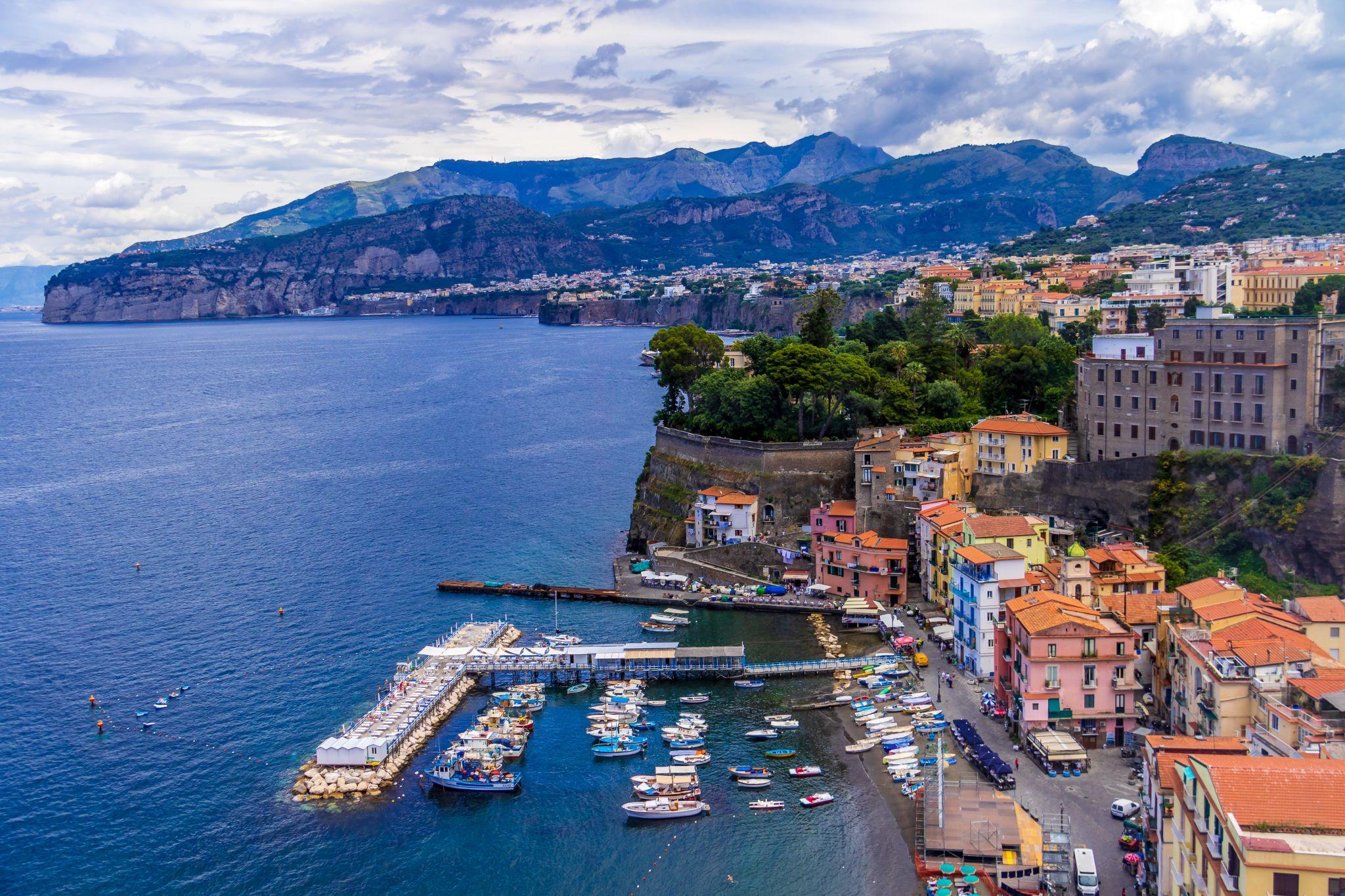
How to go to Sorrento
The easiest way to get to Sorrento is by train or bus, from Naples. It’s a 1h10 journey and you can book a ticket on the Ente Autonomo Volturno app, at train stations or at some local tobacco shops. Small advice, check for availability on the app and then get the tickets at the train stations, this way you’ll keep them as souvenirs!
The romantic way is by ferry, it’s a 45 min journey, for around 15 euros. You can book with Alilauro or NLG.
9 Things to do in Sorrento
Stroll through Piazza Tasso
Located in the heart of Sorrento, Piazza Tasso is the lively epicenter of the town. Surrounded by cute cafes and inviting restaurants, Piazza Tasso is the perfect starting point to explore the city. Locals and tourists converge to the piazza to enjoy the warm Mediterranean evenings and indulge in Italian food. Piazza Tasso is not just a geographical center; it is the beating heart of Sorrento.
Visit the Basilica di Sant’Antonino
The Basilica di Sant’Antonino is one of the most famous landmarks of the city of Sorrento. It is dedicated to Saint Antoninus, the patron saint of Sorrento and is decorated with religious artworks and frescoes that narrate Sorrento’s religious history. The contemplative atmosphere of the basilica makes for a serene hour or two.
Swim at the Bagni della Regina Giovanna
The Bagni della Regina Giovanna is a natural pool on the coast that gets its name from 15th-century Queen Giovanna II of Anjou of Naples, who was said to have met her lovers there.
It is without a doubt the best place to visit is Sorrento. It is a secluded, romantic and wild spot on the Sorrento coast, in which you can enjoy swimming and jumping off cliffs. It is the perfect spot to relax, tan and get in touch with nature while contemplating waters of the purest blue colors. It is also the best spot to enjoy a beautiful sunset view.
The Bagni della Regina Giovanna are also home to the ruins of an old Roman Villa from 1 century B.C, Villa Pollio Felice, divided into two parts: the maritime domain and the villa covered by the fields, and both are connected by various passages and staircases.
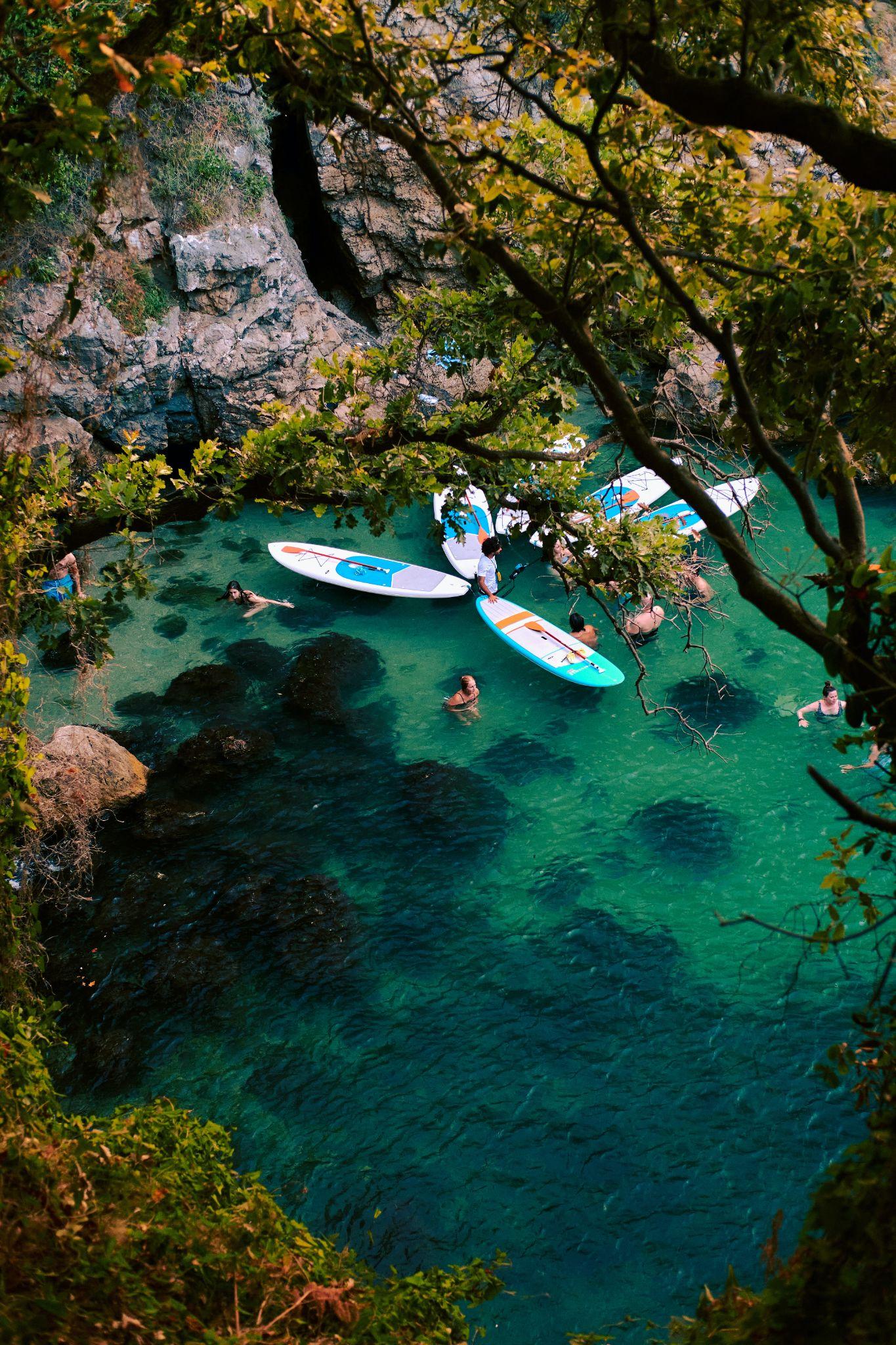
The best times to go to the Bagni della Regina Giovanna are the months of June and July, as the weather is best and August is too crowded. I recommend going there in comfortable shoes and avoiding flip-flops because the only to access it is through a 20-25 min walk on uneven ground. To get to the start of the path, you can take a bus, either the 5070 or 008.
Explore the culinary history of Sorrento
Sorrento is home to many traditional dishes such as Gnocchi alla Sorrentina (gnocchi made the Sorrento way), Spaghetti con le Noci (spaghetti with walnuts), Cozze alla Sorrentina (Sorrento mussels), Babà al Limoncello (flavored rum baba), and so many more. The best is to try to get a taste of as many of them as you can!
Since Limoncello is an emblematic drink from the region and olive oil is, of course, traditional to all of Italy, one of the best ways to explore the region remains through a guided visit to the lemon groves and olive tree fields. You’ll learn about the history of the Sorrento region through its culinary specialties, and you’ll get to eat a marvelous Italian meal out of this.
If you prefer a more hands-on approach, I’m sure you’ll like a cooking class with a sea view. You will appreciate even more the food you will eat, and you will take with you the knowledge of how to make these dishes at home. It’s a great couple’s activity, though also very fun solo!
Another good option is a lunch and wine-tasting experience in Pompeii. It comes with a guided tour of the ruins by an archeologist. Recommended for the history lovers!

Parasailing and other water activities
Water activities are popular in Sorrento, for example parasailing, snorkeling, diving, kayaking, stand-up paddle, and so much more. Take your swimsuit and enjoy the water! Most of these activities start from the port, so it’ll also be the occasion for you to visit it. I recommend the Tempio Travel company, I had a great experience parasailing with them.
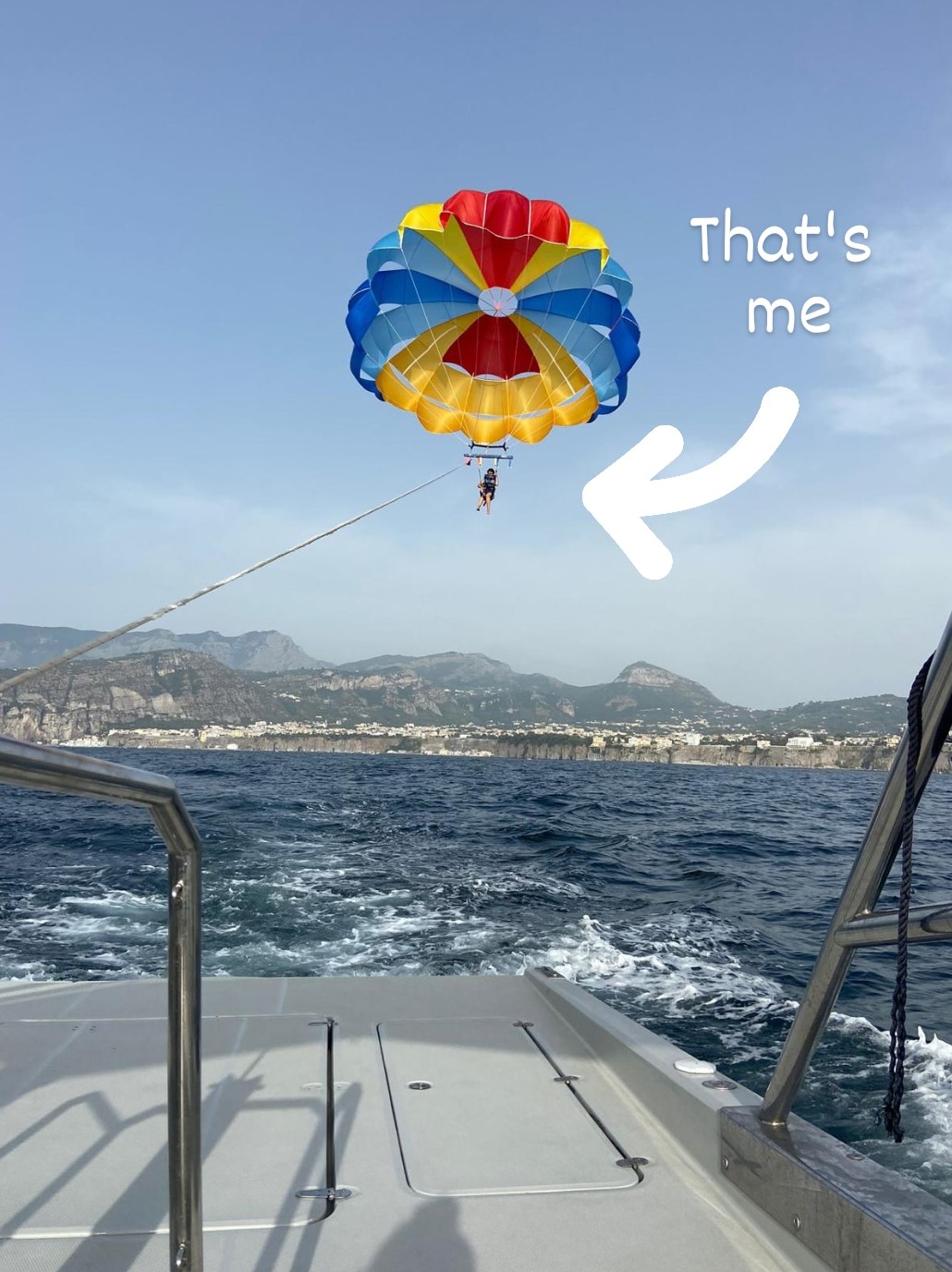
Hike on the Path of the Gods
The Path of the Gods is a popular hiking trail along the coast that provides jaw-dropping panoramic views of the sea and the villages below. The trail starts in the village of Bomerano in Piazza Paolo Capasso, and leads you through cliffs, valleys, ancient stone pathways and lemon groves, all the way to Positano. One of the prettiest features you’ll come across is the agricultural terraces that are typical of the regional landscape. On the way, you’ll also encounter landmarks such as the monastery of St. Domenico, the Vettica Maggiore, the Grotta del Biscotto, Montepertuso, and many more.
This iconic trail is the perfect opportunity to get some steps in while enjoying the sun, the Mediterranean Sea and the company!
Climb Mount Vesuvius
Vesuvius is the volcano responsible for the fall of Pompeii, though it has very little activity now, and is therefore open to visits. Today, it is part of a huge national park, the Vesuvio National Park, which comprises many historical and archaeological sites such as Pompeii, Herculaneum, Villa Regina, Sanctuary of Madonna dell’Arco, and of course, The Great Cono – Mount Vesuvius itself.
Several trails are accessible for hikes in the region, of which the park provides a map. My favorite is the trail to the Great Cono, which gives you access to the volcano crater. I do not advise climbing from the very bottom, as it’ll take you hours, you’ll burn under the sun and on top of that the route is not scenic. You need a bus to get you to the entrance of the park and from there, you can climb to the top. The park stays open till 6 pm in July and August, and full fare is 10 euros.
At the very top, you’ll find little stores to buy food and drinks, as well as souvenir shops. Most of the souvenirs are made of ashes and volcanic rocks: keychains, jewelry, little statues. Very thematic and unique gifts for your loved ones!

Drink Limoncello
If you see lemons and lemon trees everywhere in Sorrento, it’s because it is the symbol of the city. The lemon groves in the backcountry of the Sorrento coast supply the whole region with Sfusato Sorrentino, Sorrento lemons. They are used to produce the famous lemon-flavored liqueur, served as a digestive after meals. A must-try!
Trips to the Amalfi coast: Positano, Amalfi, Ravello, Praiano, Minori
As I have previously explained, the Sorrento coast is the northern penchant to the Amalfi coast, which means you can visit Positano and Amalfi quite easily. SITA Busses to Positano or Amalfi are cheap and easy to catch (1h-1h30 max), and allow you to spend a whole day there. It’s also possible to take a ferry to Positano or Amalfi.
If you have a limited amount of time and you need to choose between Positano and Amalfi, I’d recommend Amalfi every time – my overall experience there was much more enjoyable. You can combine Amalfi and Ravello too, since they are so close. Other quieter towns such as Praiano and Minori, also part of the Amalfi coast, are great options too.
Another possibility is booking a boat tour of the Amalfi coast, to enjoy a view of the coast and cities from afar, with a guide sharing the history and fun facts about the landmarks visited. Very often, these boat tours serve a glass of Italian wine and liqueurs on board. It would be a pity to miss the Amalfi towns though, so I’d say book that tour on top of the day trips to these cities.
Trips to the islands: Capri, Ischia and Procida
Another option is going directly to one of the nearby islands, which are Capri, Ischia and Procida. I only had one pick so I personally went for the safe option and took the ferry to Capri. I found it to be a stunning island with elegant homes and gardens and a cute city center. Must-see attractions include the Piazzetta di Capri (the main square), Giardini di Augusto (Augusto’s Garden) and the fabulous Villa San Michele. For one of the most beautiful views on the island, I can only recommend Belvedere Tragara. I also took a bus and went all the way to Faro di Punta Carena, the lighthouse, to sit on the rocks or the beach and admire the sunset.
I however advise against visiting Blue Grotto, as I found it to be a bit of a letdown and very crowded. Hard to enjoy the sight, when you’re only allowed 5 min there and there are 10 other people next to you.
Make sure to take the earliest ferry ride to Capri, you will need a whole day to visit everything.
Be careful to bring your own food however, as everything there is very expensive. I remember paying 9 euros for a milkshake, and let me tell you, I did not appreciate that part of the Capri experience.
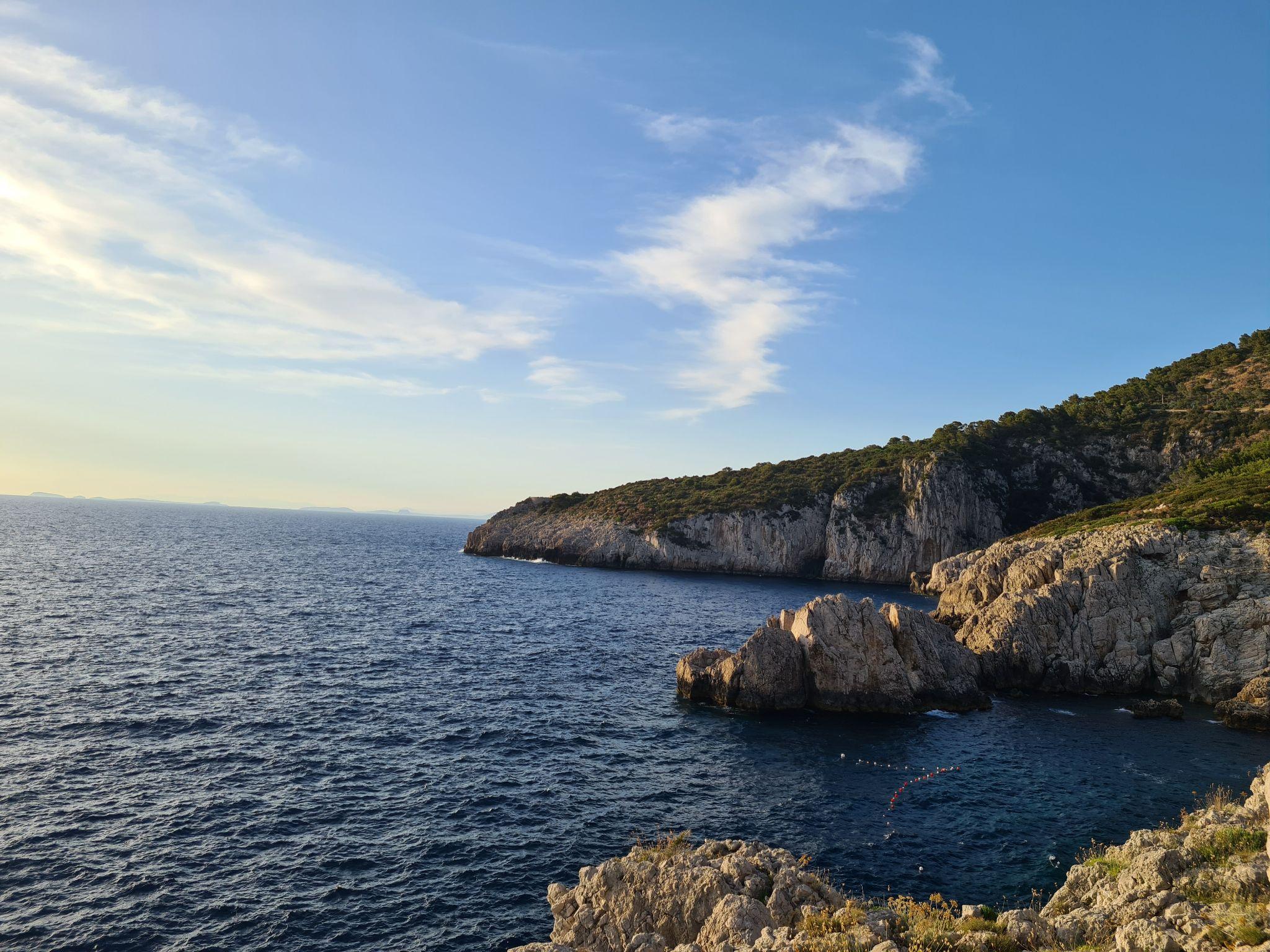
Sorrento vs Positano vs Amalfi
Choosing where to stay is not always evident, although crucial: it will determine the outcome of your trip, whether it’ll be a positive or negative experience. All in all, in this battle of the coasts and cities, and especially during high season, I would say it’s much better to stay in Sorrento than stay in Positano or Amalfi. Among all the options to choose from, it is the best one if you want to avoid the tourist rush.
The town of Sorrento has a classic coastal town vibe, and you’ll enjoy the city, you can then explore the area, visit the Amalfi coast towns, Naples or the island. If you’re looking for a less touristy experience of Southern Italy, while still retaining that Amalfi coast experience, I’d say Sorrento is it.
So, in conclusion, if I had to visit that part of Italy again, this would be my itinerary:
- Catch a flight to the Naples airport
- Travel from Naples to Sorrento, stay there
- Enjoy Sorrento: city tour, hiking, food, Bagni della Regina Giovanna, water sports
- Day trip 1: Naples
- Day trip 2: Vesuvius (can be combined with Pompeii or Herculaneum)
- Day trip 3: Amalfi, by bus or ferry (can be combined with Ravello)
- Day trip 4: Positano, by bus or ferry
- Day trip 5: Capri, Ischia or Procida
Things to know before going to Italy
- Food: Coffee is delicious. Seriously, enjoy it! I only learned to appreciate coffee when I went to Italy.
- Food: Italian restaurants will tack on a service fee (usually 2 euros) to your bill – it’s because you sat down and occupied a table, instead of taking your food away. For this reason, you don’t have to tip a percentage of your bill – instead, you can leave the change on the table.
- Money: Just like France, Italy is not a cashless country. Have cash on your always.
- Shopping: Businesses and shops typically close on Sundays, so be well-prepared. Buy everything you need during the week.
- Museums: On the other hand, museums usually close on Mondays, so make sure to check the hours of the ones you plan to visit.
- Food: You can always ask for more Parmigiano to sprinkle on your meals!
- Clothes: Sorrento is an uneven city, so you’ll need to pack comfortable shoes like trainers or sneakers to walk around. This advice applies to most of Italy.
- Southern Italy vs Northern Italy: there is a bit of a cultural divide between the south and north of Italy, not huge and almost imperceptible to foreigners, but it’s here. Life in the South is slower, so don’t be surprised if the residents do not rush for you (and they won’t). Enjoy it and relax! It’s a vacation.
Check out my other articles
If you liked this article, you might also like my article on Zakopane, Poland’s winter capital or my article on Amboise, in the Loire Valley in France. And if you want to learn more about the whole off-the-beaten-path-travel concept of my blog, read my explanation of it here.

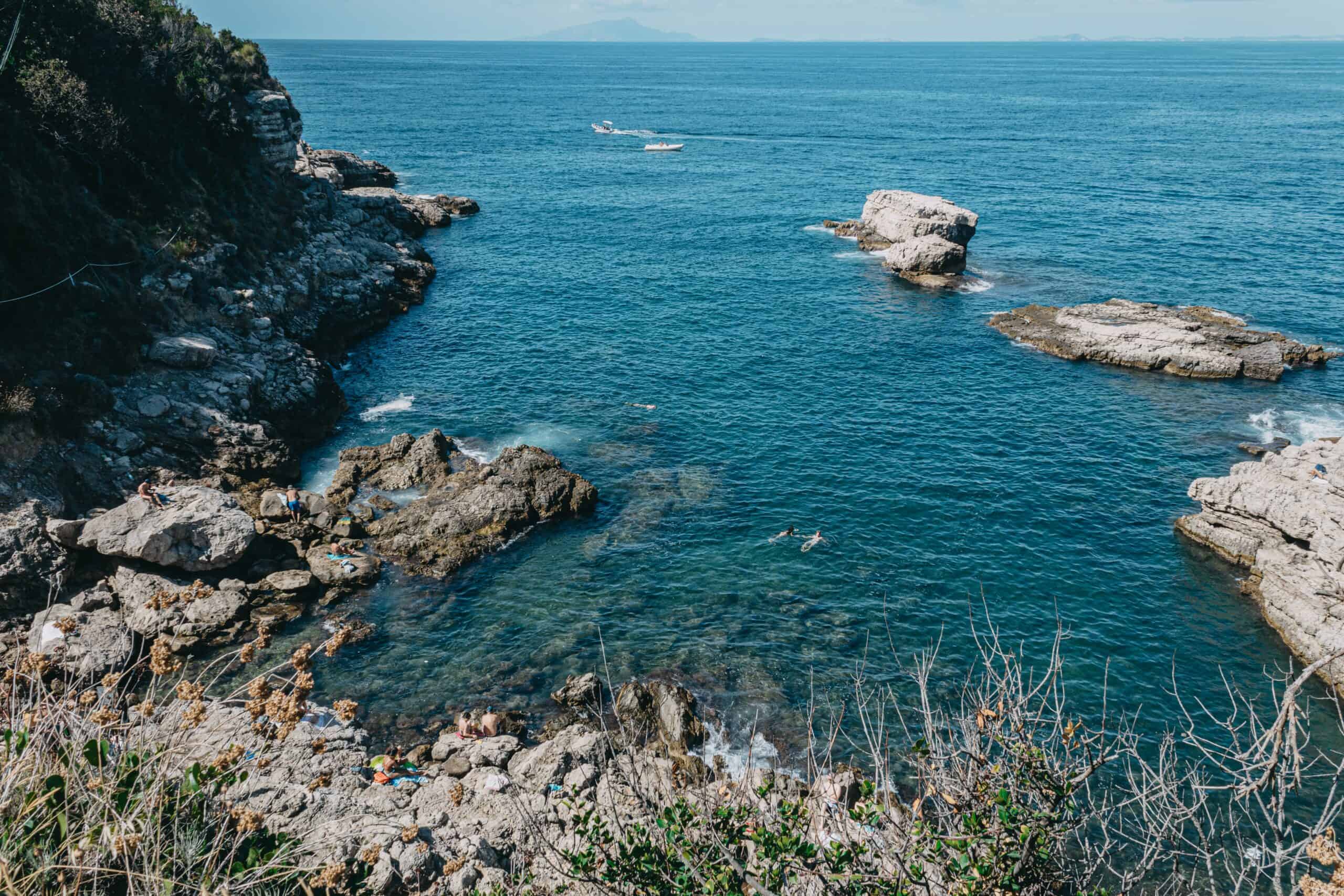
2 Comments